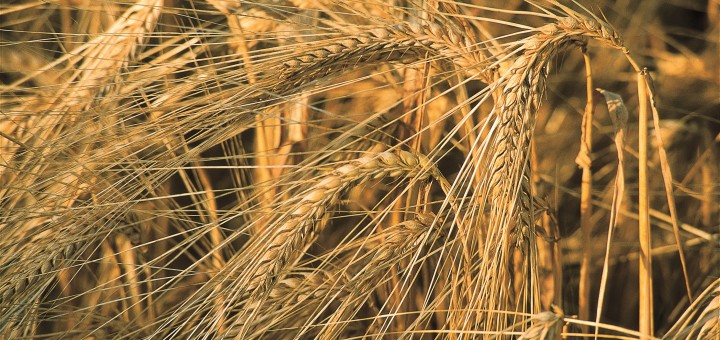How does beer get its color?

Pale, dark or black beer: grain varieties are dried to form different malts, which give the beer its color and flavor. But how does it work?
In order to produce malt, barley is usually used, but wheat, rye and spelt are also common. Nowadays, historical grains like Emmer are fashionable for use at craft breweries. The grain kernels are mixed with water and left to soak for up to two days. They begin to germinate, and enzymes help the starch to develop into maltose. The next step is the drying process, in which hot air is used to dry out the malt. It’s during this process that the malty flavor and various different color intensities (EBC) of the beer are formed. Light malt is dried at approx. 80 °C, dark malt at approx. 100 °C, black malt at approx. 220 °C.
Here are a few examples of frequently used varieties:
Pilsner Malt is the most frequently used base malt worldwide, and is produced from barley. In other countries, it’s often referred to as lager malt or pale malt. It’s particularly light and can be used for all varieties of beer. It has an EBC value between 2 and 5.5.
Munich malt, on the other hand, has an EBC value ranging from 9.5 to 25. This is primarily used for dark, black or strong beers. It has an intensive malty aroma, gives a full-bodied flavor and provides a rich color.
Due to special processes, caramel malts contain caramalized sugars, which are no longer fermentable. These are available in all colors – from pale to reddish and dark. They enhance the full-bodied flavor and result in a certain sweetness.
Roasted malt gives beer an intensive roasted aroma and deep-brown to black color. It’s dried for a particularly long time at a hot temperature. Barley isn’t the only grain that can be used to produce these varieties – wheat, rye and spelt are options too.
